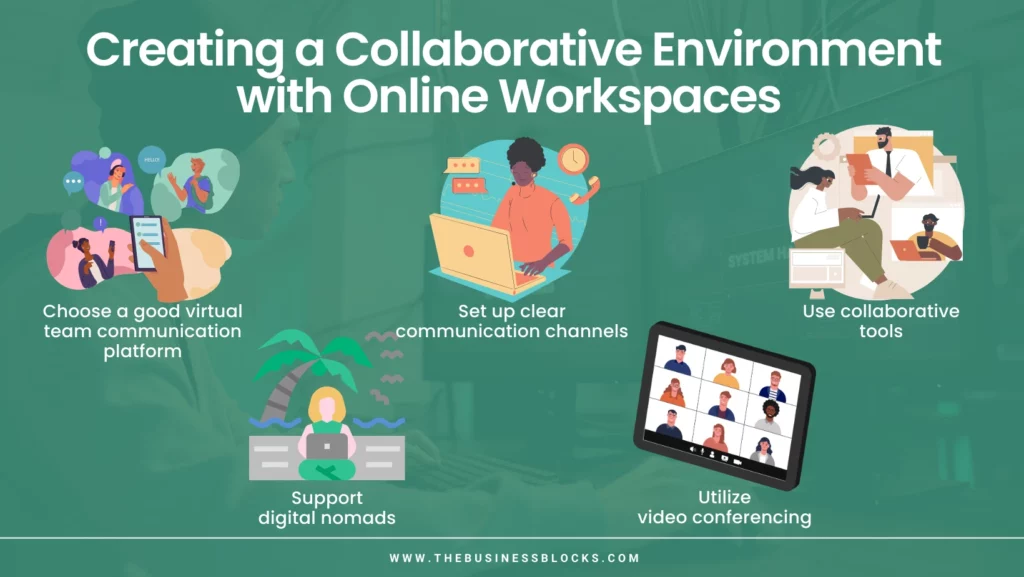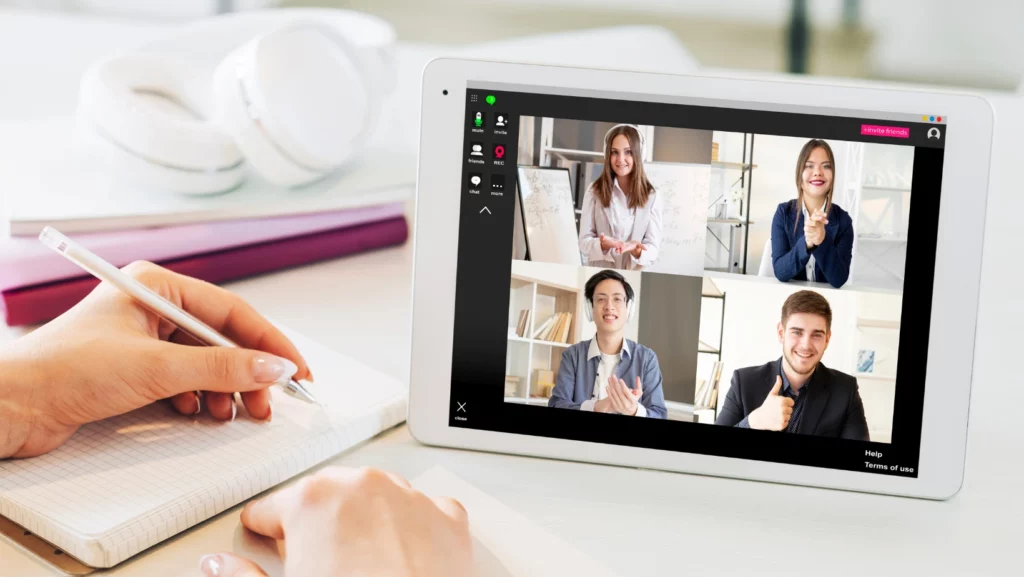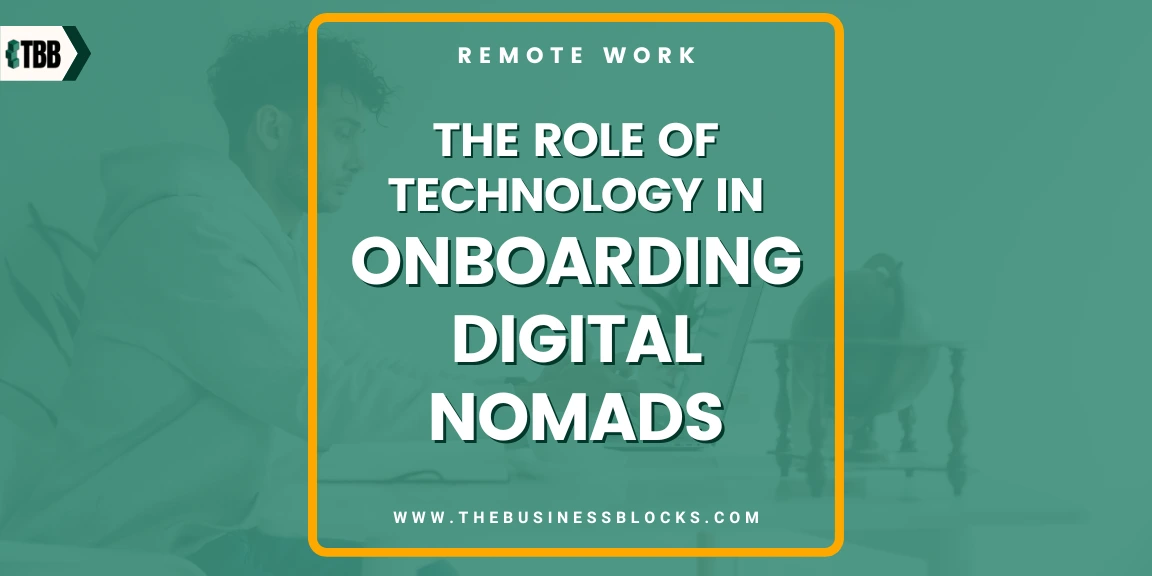The concept of remote work has taken off in the last few years, especially after the COVID-19 pandemic. In fact, as per a survey conducted by FlexJobs, 84% of people accepted that having remote jobs makes them happier. Also, only 3% of the respondents looked forward to returning to their 100% in-office jobs.
Remote work culture has also increased the number of freelancers, self-employed individuals, and digital business owners. And with all this, the digital nomad lifestyle also grows rapidly. Today, more and more companies are hiring digital nomads. The need for effective onboarding processes has become more pressing.
Understanding the digital nomad lifestyle and why it is growing in popularity
Being a digital nomad is all about being completely location-independent regarding an individual’s work. Digital nomads work on a 100% remote work setup. They specialize in their niche and have the flexibility to work from anywhere. All they require are their devices and a stable internet connection.
The reason why the digital nomad lifestyle is growing so much in popularity is that these professionals have an incredible amount of flexibility. They are not tied to a strict 9 to 5 work setup. This allows them to have a better work-life balance, travel the world, and be adventurous without compromising their careers.
All this has resulted in the massive popularity of remote work, so much so that there are expected to be over 1 billion digital nomads worldwide by 2035!
Utilizing automation tools to streamline the onboarding process
Since digital nomads work from different parts of the world, the traditional hiring and onboarding process isn’t unsuitable. This is where technology and automation come into the picture. Using automation tools can streamline the onboarding process for digital nomads. It will help them understand your company’s culture, prepare for their role, and complete all the paperwork remotely.
Here are some of how you can use automation tools while onboarding digital nomads:
Leverage a virtual onboarding platform
A virtual onboarding platform is an excellent way to simplify onboarding for digital nomads. With just a few clicks, it can automate multiple time-consuming processes and provide new hires with a centralized location to access all the onboarding documents, like videos, tutorials, etc.
Communicate with the help of an automated email sequence
You can also consider starting an automated email sequence to welcome new hires to your company. Please include information about their role, the date they can start, etc.
Use automated digital paperwork and forms.
Filling out paperwork and forms is one of the most time-consuming onboarding processes. Since the digital nomads would complete all that online, you can send digital copies, simplify the process, and use all the necessary paperwork. To simplify the process, use digital signature software to automate the items.
Creating a Collaborative Environment with Online Workspaces

Building a collaborative environment for them is crucial once you have onboarded a digital nomad in your company. Since they work remotely, a collaborative work environment will make them feel like a part of your company and boost their morale and engagement.
Here are some of the ways to create a collaborative environment for your team of digital nomads:
1. Choose a good virtual team communication platform
There are a variety of team communication and collaboration workspace platforms available out there. These include Basecamp, Trello, Asana, etc. You can choose the one that meets your business requirements and fulfills the needs of your team.
2. Set up clear communication channels
Setting up clear communication channels is important in building a collaborative workspace. Make sure to facilitate smooth communication with the help of team chats, online meetings, and more.
3. Use collaborative tools
Technology plays a vital role in the digital nomad or remote style of working. So, use advanced collaborative tools like Google Docs, Google Drive, Dropbox, etc., to easily share files and documents within the digital workspace.
4. Support digital nomads
If you have digital nomads or remote workers, supporting them in their work is important. This includes offering flexible working schedules, setting up systems and processes for easy collaboration, providing a platform for communication and feedback, and investing in the right technology to enable seamless virtual collaboration.
5. Utilize video conferencing
Video conferencing is ideal for virtual meetings, providing easy face-to-face interaction with remote teams and digital nomads. It also offers a platform for exchanging ideas and feedback and enables project collaboration. Ensure you provide your new employees access to video conferencing software that best suits their needs.
With careful planning, the remote onboarding process can be as effective and engaging as traditional onboarding Invest a little extra effort in the process, and your new remote employees will have all they need to start on the right foot.
Exploring the Benefits of Onboarding a Digital Nomad with Technology
Onboarding a digital nomad is not easy, especially if they work from a different location and are based in a different time zone. However, the process can be made simpler and more effective with the help of technology.
Here are some benefits of using technology to onboard digital nomads:
- Advanced team communication tools like Slack, Zoom, or Google Meets enable smooth communication and simplify onboarding.
- Digital forms and paperwork make onboarding quicker and simpler. It helps you save time and resources.
- Technology has made training and development a breeze. You can use a learning management system (LMS) to offer hands-on training to your team of digital nomads. This will ensure they have all the necessary skills required by your company.
- Technology can help you quickly connect with digital nomads in the same time zone and ensure they have the necessary resources to work remotely.
- Digital nomad visas, allowing people to work from anywhere worldwide, are another great benefit of Onboarding a Digital Nomad with Technology. Onboarding digital nomads with technology can open up new opportunities for remote work and collaboration, enabling businesses to tap into a global talent pool of skilled professionals worldwide.
The local economy and community will benefit from using technology to onboard digital nomads. By leveraging digital nomads, businesses can tap into a global pool of talented individuals for remote working or full-time employees and provide them with competitive benefits packages that make it easier for these professionals to live and work abroad. Employers should also think about how they can use technology to build a culture of trust and transparency with digital nomads.
Ways to Establish Effective Communication Protocols for Virtual Teams

The importance of effective communication grows tenfold when you work with a fully or partially digital team.
Let’s look at some of how you can establish clear and effective communication protocols for your virtual team:
1. Set clear communication guidelines
Setting clear communication guidelines is necessary for virtual teams. This prevents unnecessary interruptions and ensures everything is done on time. Establish clear guidelines like preferred communication methods, response time expectations, etc.
2. Have regular meetings
Regular meetings to discuss the progress of a project, goals, or performance reviews will also help improve your team’s communication and ensure they stay connected with their colleagues.
3. Encourage feedback
Finally, make sure to encourage feedback in your virtual team. Ask team members to provide feedback to one another and appreciate and recognize each other’s achievements. This will build a positive work environment and team culture.
Frequently Asked Questions about onboarding digital nomads
Q: What are the benefits of hiring digital nomads?
A: Hiring digital nomads can offer you multiple benefits. These professionals possess unique skills and perspectives and are highly motivated and independent workers. They can also offer cost savings, as they do not require office space or equipment.
Q: How do I hire and onboard a digital nomad?
A: To hire and onboard a digital nomad, you can use online job boards and networking sites to find potential candidates. While onboarding, use virtual onboarding platforms, and collaborative tools, set clear communication protocols, and use technology to streamline the process.
Q: Is a digital nomad a freelancer?
A: Digital nomads or digital nomadism are not necessarily freelancers only. While some of them work freelance, they can also work as entrepreneurs, independent contractors, or remote employees for a company.
Conclusion
So, that was all about how strategically using technology can help you onboard digital nomads and build a positive team, office, and company culture. As the remote work culture grows, we will surely see a rise in digital nomads. Leverage advanced technological tools and platforms to make onboarding more efficient, effective, and enjoyable for yourself and your new hires.

